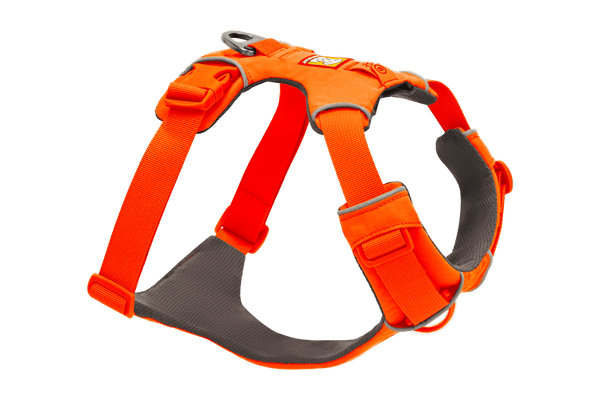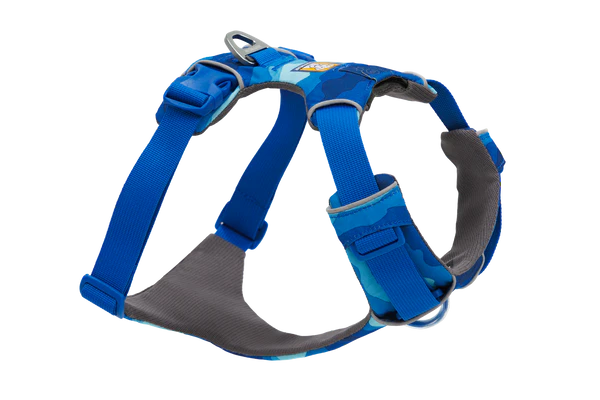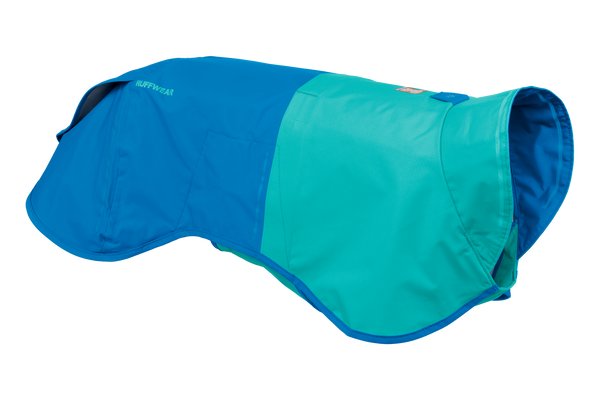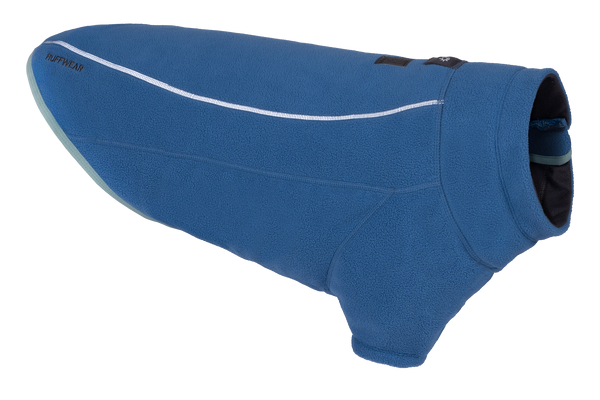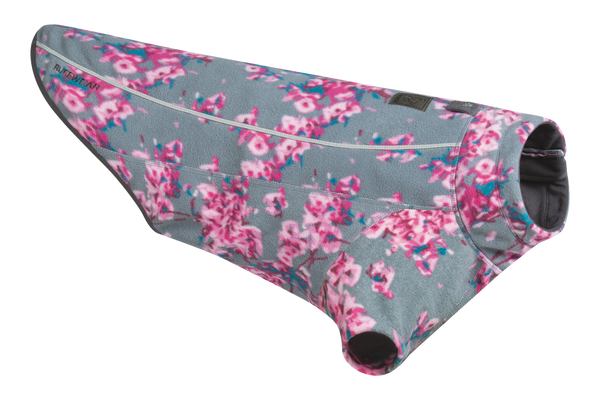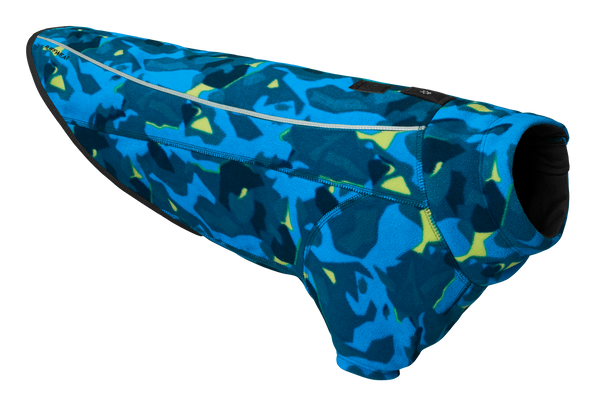Why the Arctic?
We asked Kirsten Blackburn, Advocacy Program Manager at The Conservation Alliance, why we should fight to protect a place that most of us will never see. Here's what she had to say.
Why the Arctic?
I call this place the Coastal Plain of the Arctic National Wildlife Refuge. The Gwich’in - the people who were there thousands of years before us - call these lands “Iizhik Gwats’an Gwandaii Goodlit," or the sacred place where life begins. The Gwich’in are Caribou People. They were once nomadic peoples, following the Porcupine Caribou’s migration path. Now, approximately 9,000 Gwich’in live in 15 villages across northern Alaska and Canada.
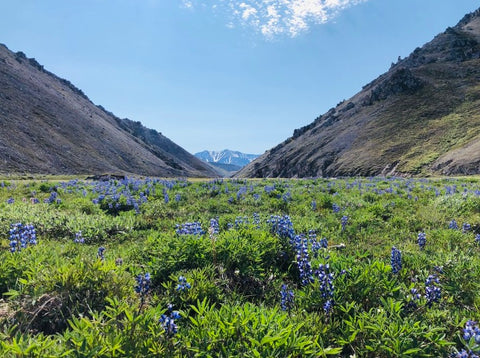
Photos contributed by Kirsten Blackburn
In late June of 2019 I visited the Coastal Plain, and after three days camping on the tundra, I visited with Gwich’in elders in Arctic Village - one of today’s 15 Gwich’in communities. Arctic Village sits on the east fork of the Chandalar River about a hundred miles north of Fort Yukon - as I understand it, you can only get there by bush plane or by snowmobile in the winter. After landing on a narrow landing strip in a 1956 bush plane I was picked up in a quad piloted by Sarah James, a Gwich’in Elder. I sat on the hood and held on for dear life as she propelled myself and other members of our group down dirt roads towards her 200-person village. We were dropped off at the home of another family and greeted by the smell and smoke of cooked moose meat and fry bread. After a generous lunch we were introduced to the village, including a visit to the single convenience store in the village where a gallon of milk goes for fourteen dollars and a bag of frozen blackberries for twenty-four.
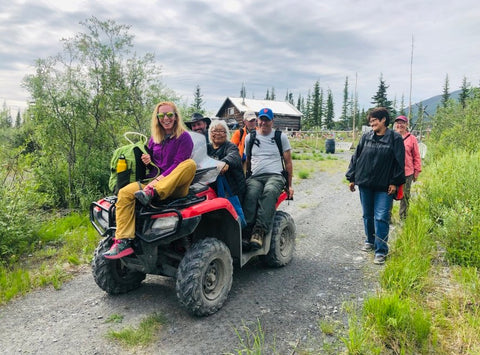
For hours we listened intently to Sarah as she told the history of her people, and for hours she passed no warranted judgment as she spoke to a small group of people whose ancestors had displaced her own. Instead, she offered appreciation and gratitude that we cared about protecting a place of such importance to her people. With her words and kind eyes, she taught us a lesson in perspective and perseverance. This lesson was rooted in the importance of the Porcupine Caribou.
The Gwich’in rely on the caribou for their subsistence way of life. Forty thousand caribou are birthed and nursed on the Coastal Plain of the Arctic National Wildlife Refuge each year. When calving season starts, so do the mosquitos. The coastal plain provides a barrier from mosquitos and other animals and provides peaceful refuge for birthing the next generation of life, and making it the most important stop along the animal’s migration path.
Sarah recounted the summer of 1988, when Gwich’in elders and leaders from all villages congregated in Arctic Village for the first official gathering in more than a century. The impetus was the threat of oil and gas development on their sacred land - the Coastal Plain. At that moment more than thirty years ago, the Gwich’in made a decision to speak with one voice against oil and gas development on the Coastal Plain of the Arctic National Wildlife Refuge, forever.
The Coastal Plain of the Arctic National Wildlife Refuge is a place few will visit, but a place we should all work to protect. Protecting the Refuge is about social justice, climate resiliency, and about protecting one of the last truly wild ecosystems in the world.

I realize that I had an opportunity most won’t. I spent 72 glorious hours on the Arctic Refuge’s Coastal Plain and capped it with a life-altering day learning from elders in a remote Gwich’in village. Before I left, I knew my trip to the Coastal Plain would challenge my existing definition of wild. I had read, said, and written all of the impressive stats before… “nearly 20 million acres of 9,000 foot peaks squishing over each other and flattening across the 1.5 million acre coastal plain, the second largest wilderness area in the country, critical habitat for thousands of migrating bird species, home to the once-endangered musk oxen, hundreds of thousands of caribou…” Still, I wasn’t prepared for how complex my feelings leaving would be.
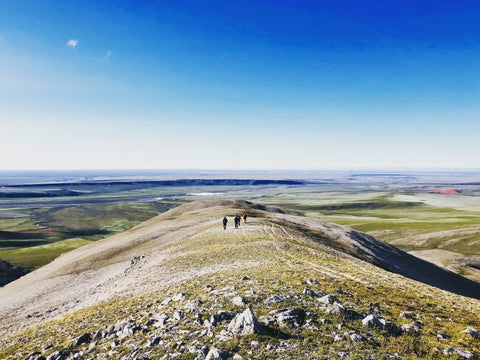
Oh, and about the wild part 72 hours camping on the coastal plain and hiking along the Kataturik river valley… it was the most wild place I’ve ever been. I am about to have twins and I hope to gift them the experience of adventuring in such a remote and alive ecosystem someday.

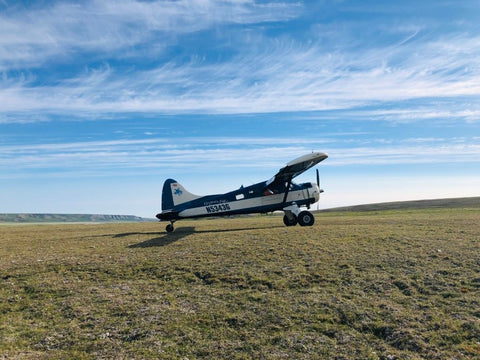
I had hours before Dirk would come back for the second half of our group. The bush plane could only carry four adults plus gear. I took off for a solo hike. I hiked through thousands of wildflowers: Lupine, Arctic Poppy, Phlox, Wild Sweet Pea, and more, to the top of a grassy knoll sitting high enough to see 20 miles to the Arctic Ocean. With the 4,000 foot Sadlerochit Mountains to my back I laid down in a field of Tussock Cottongrass and closed my eyes, a slight breeze kept the mosquitos tame. I must have heard a dozen unique birdsongs in ten minutes.

I sat up and scanned the coastal plain for wildlife. I knew these magical lands were full of them. Relentless rain the day before our arrival created perfect conditions to spot game tracks in riverbeds, so we followed griz, moose, sheep, caribou, and wolf tracks up the Kataturik river valley. There were thousands of animals sharing their home with me at the moment. What a place to live. We saw a dozen caribou prancing across the expanse, and remnants of a dozen more in the form of gigantic antler sheds scattered throughout the tussock. We even had a couple of wolves join us for dinner our first evening as Cyn was making chicken potato soup. The younger looking of the two came within 75 feet of us, bowed its two front paws, and rubbed his face in the earth as if to indicate he wanted to play. It was almost as if there was a shared understanding between us, I like to think he knew we were in the business of protecting his neighborhood.
--
The Trump Administration is preparing to hold an oil lease sale for the Arctic National Wildlife Refuge - allowing oil companies the opportunity to bid on land to drill for oil on the Coastal Plain. This is the result of a fast-tracked effort kicked off by a mandate in the 2017 Tax Cuts and Jobs Act requiring oil and gas development on the Coastal Plain and changing the purpose of the Refuge to be a place of development. We expect to see a Record of Decision filed any day, which kicks off the lease sale process.
